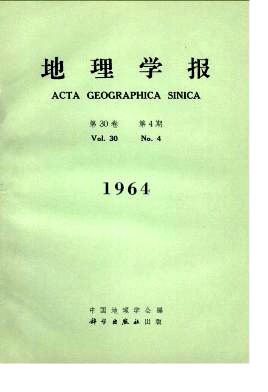H.K.MIAO, W.C.CHEN, K.Y.HUANG, C.Y.WAM, H.C.LIN, Y.G.TING, T.L.TOM
In compiling hsien agricultural maps, the following principles should be observed: 1. The contents of each map should be closely related to the needs of agricultural production; 2. The achievements in the construction for water control and utilization and in the agricultural production after liberation in the hsien should be shown on the maps; 3. A series of maps depicting the physical conditions, agricultural economy and agricultural technics of the county should be included; 4. The geographical characteristics of the district concerned should be revealed; 5. All the maps in the series should be in harmony with each other, with respect to their contents, scales and legends. The basic subjects selected are:administrative division, agricultural land types, soil, natural calamities, construction for water control and utilization, agricultural labour, land utilization and agricultural regions. A scale of 1:5OOO0 or 1:100000 is appropriate with the case of Chung Shan in the compilation work. The cartographers must co-operate with the geographers, agriculturists, and hsien cadress. Both field study and office editing are requisite and full use should b} mode of tO}Opr`}lphical maps and aerial photographs.
